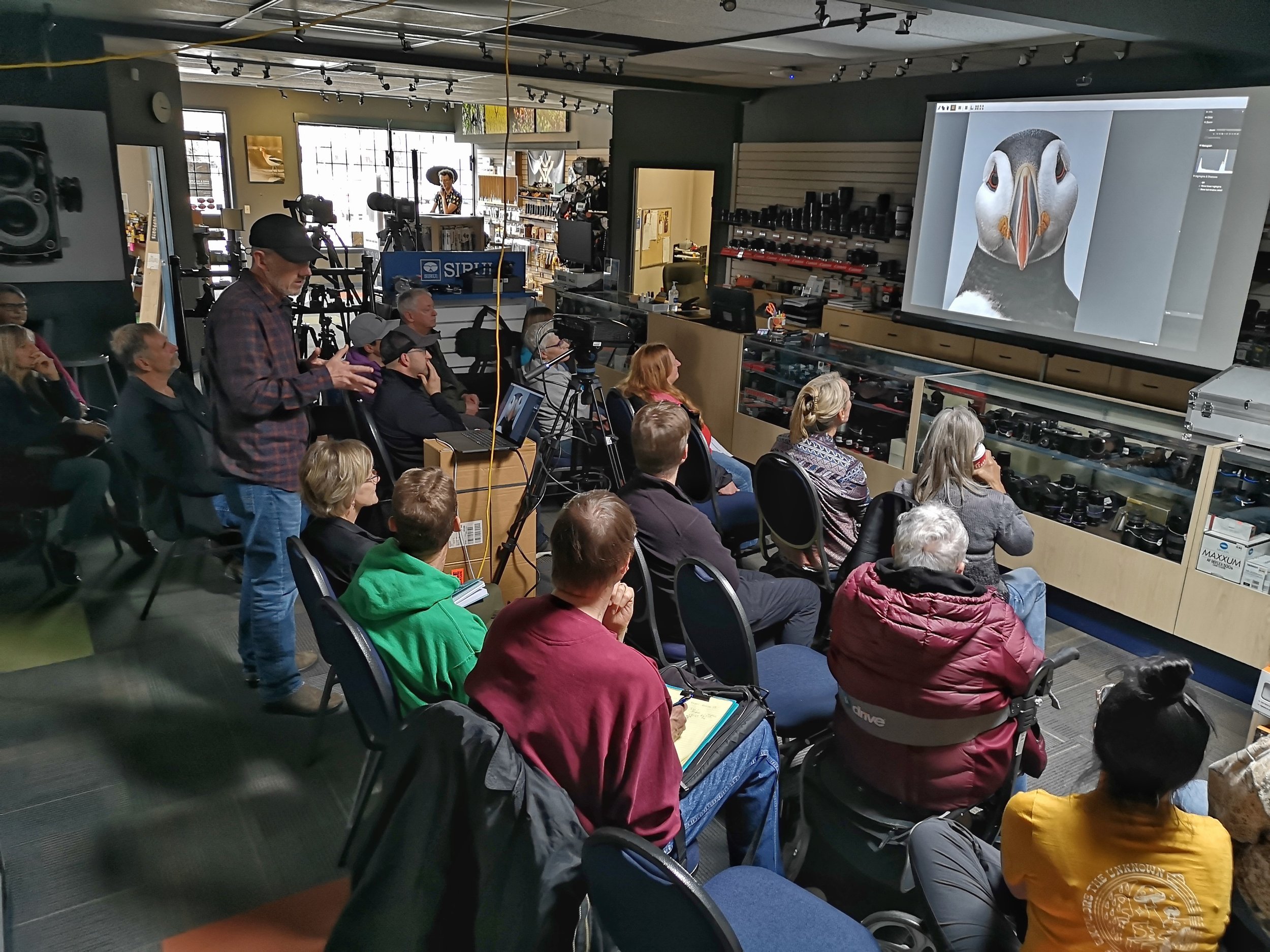I'm thrilled to have had the opportunity to field-test the groundbreaking Sony FE 400-800mm F6.3-8 G OSS zoom lens! Thanks to Sony of Canada, I received the first Canadian copy, and it's been a fantastic week of testing. Stay tuned for my mini-review soon! In the meantime, enjoy this image of American Tree Sparrows in the fresh snow from March 29, 2025.
American Tree Sparrows (Spizelloides arborea, Bruant hudsonien, Suirirí piquirrojo, ATSP) Quebec, Canada, March 29, 2025, while testing the new Sony 400-800mm zoom lens. Image Copyright ©Christopher Dodds. Sony a9 III Mirrorless camera & Sony FE 400-800mm f/6.3-8 G OSS Lens @800mm ISO 2,500, f/8 @ 1/5,000s Manual exposure.




























